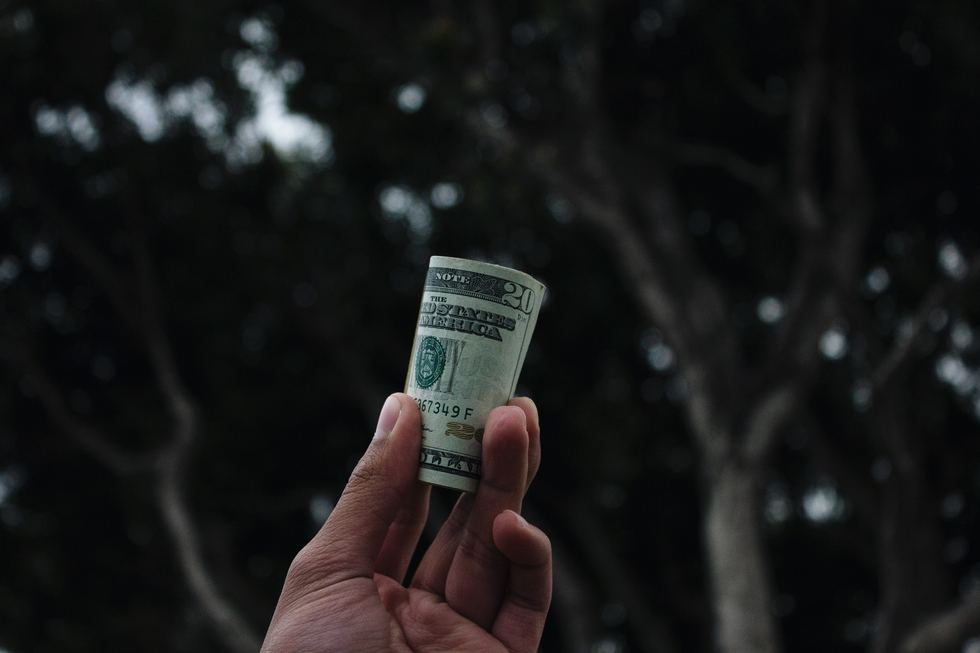Written By Simon Menkes CPA and Abraham Finberg CPA
When we meet non-cannabis people at Hollywood parties and they find out the industry we serve, their reactions are pretty typical:
“Do you get free weed?” and “Can you explain that 280E law? It’s so confusing!”
While we just smile at the first question, those of us on the inside know that Internal Revenue Code Section 280E, which states that a cannabis business may only deduct its cost of goods sold, isn’t confusing. With 280E, it’s clear the Feds want to eviscerate cannabis business owners, which is scary and unfair, but not confusing.
What keeps us up at night are the subtleties of, and interactions between, State and City cannabis tax regulations. And one of the biggest of those are the issues surrounding arm’s length vs. non-arm’s length transactions. These come into play when a cannabis business has several different licenses, such as a cultivation, distribution, and retail license. These rules also come into play when two cannabis companies, who are owned by the same people (or some of the same people), are doing business with each other. And the whole issue surrounds the calculation of excise tax.
If you’re a distribution company owner and you sell pre-packaged flower to a dispensary, you sell your flower at market rate, tack on an extra 24% (15% of 1.6 times purchase price, the California definition of average market price) for excise tax, and then send those taxes to the state. Everyone’s happy: you’re happy, your customer’s happy, and the state is especially happy because they know they’re getting the maximum amount of excise tax possible: 24% of the wholesale market price.
Non-Arm’s Length Sales – Selling Cannabis Products to Yourself
But what happens if the cultivation and distribution arm of your business is “selling” product to the retail arm, and the flower is just moving down the hall? Or what happens if your name happens to be Harpo and you own Harpo Cannabis Distribution, and you’re selling the flower you’ve grown to your brother’s retail store, Groucho Cannabis Dispensary? And to make matters more confusing, you both own shares in each other’s businesses?
How do you set the price in these situations? Can you just set a low price, charge 24% excise tax on that price, and save a ton of money in taxes? Or does the State of California have something to say about this?
The problem here is that these sales are considered non-arm’s length sales. Arm’s length means that there is no relationship between the buyer and seller (they are, figuratively speaking, “separated from each other at an arm’s length distance”), and the sale is presumed to be at fair market value. The sale price of the product has not been artificially lowered through the agreement of buyer and seller who are working together to save on taxes. Non-arm’s length sales are when the buyer and seller are in some way connected, and there is no longer a reasonable expectation the price is still fair market value.
The CDTFA Cannabis Tax Guide has said that, in non-arm’s length situations, you must calculate the excise tax as 15% of the end retail price to the consumer. They trust that the consumer is a non-related party and that the price they buy the product at is market value. The Tax Guide does not clarify whether sales between two separate entities owned by some of the same owners are considered arm’s length or non-arm’s length.
However, preliminary discussions with individuals within the CDTFA Legal Department have suggested another way. If Harpo makes sure to sell his flower to Groucho at the current wholesale market price that similar flower is selling at the area, and if Harpo has other sales to non-related parties at the same or similar price (and thus being able to show proof to a state auditor that their price is a fair market value wholesale price), then the CDTFA will allow the 24% tax to be collected on that wholesale price!
The CDTFA folks we’ve talked to have balked at allowing one individual business that grows and sells its own products to pay excise tax at 24% of wholesale. Instead, they expect excise tax to be paid to the CDTFA at 15% of retail. This is also the CDTFA’s stand on businesses with a microbusiness license that allows small amounts of cultivation and sale under one license.
The bottom line is that the State of California wasn’t born yesterday, and they’re constantly on the lookout for ways to prevent businesses from under-paying their excise taxes. But if you can show proof that your distribution price is a true, fair market value wholesale price, even if you’re selling to a related party business, you can use the 24%-of-wholesale method in calculating your excise taxes!
Yahoo!
Disclaimer: This article has been prepared and published for informational purposes only and is not offered, nor should be construed, as legal advice.

